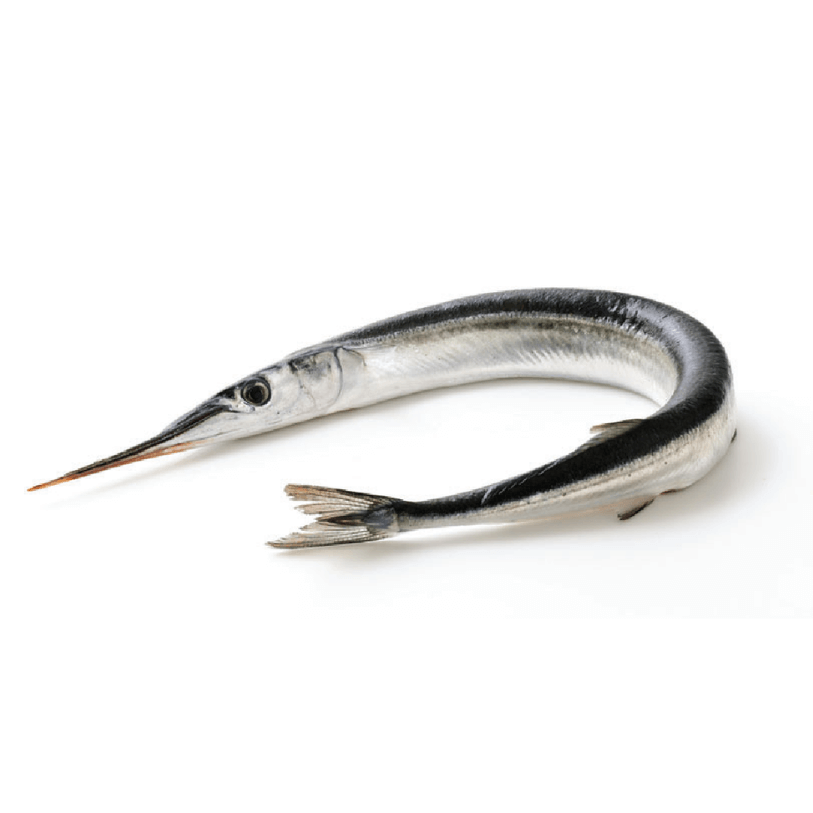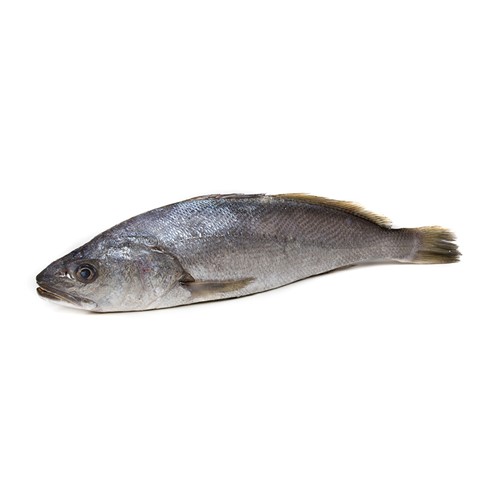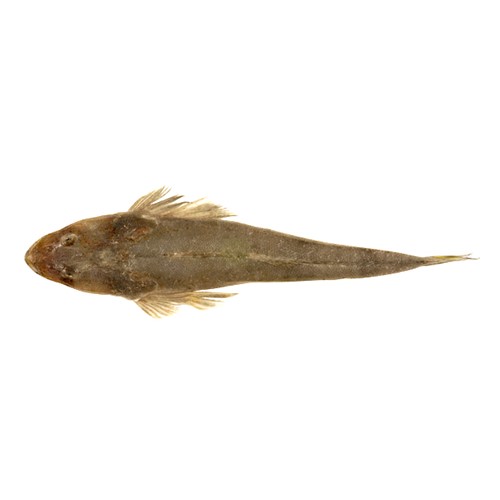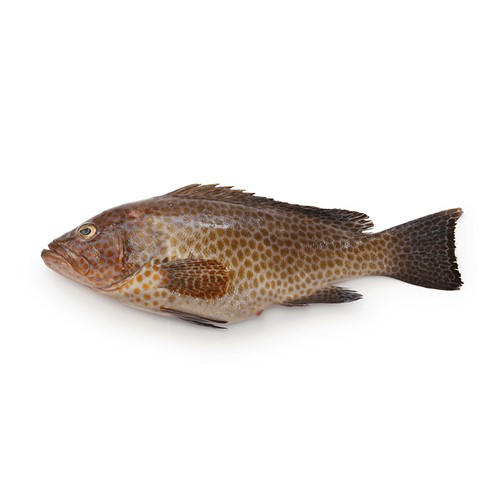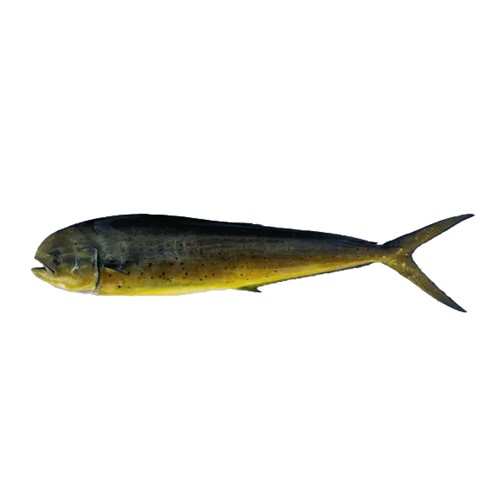Introduction
Needlefish (Kanghi) scientifically known as Ablennes hians in Pakistan are marine species characterized by their long, slender, and needle-like bodies. These fish are commonly found along the coastal regions of Pakistan, particularly in the Arabian Sea. They thrive in warm waters and are known for their distinctive appearance, with a sharp, beak-like snout filled with teeth.
While needlefish are not a primary seafood choice in Pakistan, they play a role in the local fishing industry. However, their consumption is relatively limited due to their bony structure and potential ciguatera toxin risk. Despite this, their unique physical attributes and habitat make them an interesting part of Pakistan’s marine biodiversity.
Flavor Profile
Needlefish (Kanghi) have a distinct flavor profile. Their flesh is typically mild and delicate, with a subtle sweet undertone. The taste is often described as clean and slightly briny, reminiscent of other mild-flavored fish. However, the flavor can vary slightly depending on the specific species, diet, and preparation method.
Due to their slender, elongated bodies, needlefish tend to have a lower oil content compared to some other fish species, contributing to their mild taste. This makes them versatile in various culinary preparations, allowing them to absorb the flavors of accompanying seasonings, spices, or sauces while preserving their subtle sweetness.
Nomenclature
English Name: Needlefish, Flat Needlefish, Keeltail Needlefish
Local Name: Kanghi
Scientific Name: Ablennes hians
Habitat
Needlefish (Kanghi) in the Arabian Sea inhabit warm coastal and offshore waters, particularly in tropical and subtropical regions. They are often found in areas with temperatures ranging from 20°C to 30°C (68°F to 86°F). Needlefish prefer the upper layers of the water column, and their streamlined bodies are well-suited for swimming near the surface.
They are frequently encountered near coral reefs, seagrass beds, and coastal estuaries, where they hunt for small fish and crustaceans. The Arabian Sea’s diverse marine ecosystems, with its mix of habitats and abundant prey, provide an ideal environment for needlefish to thrive and carry out their hunting behavior.
Catching Method
Commercial fishing for needlefish in the Arabian Sea primarily employs gillnetting and purse seining techniques. Gillnets are vertical nets with fine mesh that capture needlefish as they swim into them. Purse seining involves encircling schools of needlefish with a large net, which is then drawn closed to trap the fish.
These methods are commonly used by artisanal and commercial fishermen. However, it’s important to note that needlefish are susceptible to overfishing due to their schooling behavior, and they can carry ciguatera toxin, which can be harmful to humans if consumed. Sustainable fishing practices and thorough toxin testing are necessary to mitigate these risks.
Physical Attributes
Needlefish in the Arabian Sea are notable for their distinct physical attributes. They have elongated, slender bodies with a shape reminiscent of a needle, which lends them their name. These fish typically range in size from 30 to 100 centimeters (12 to 39 inches) or more, depending on the species.
They are characterized by a long, slender beak-like snout, armed with sharp teeth, and a dorsal fin that stretches along their entire back. Their coloration can vary but often includes shades of silvery-blue or greenish-blue on their upper body, transitioning to a lighter shade on their underside. This streamlined design allows needlefish to glide rapidly near the water’s surface, making them adept predators in their marine habitat.
Cutting Preferences
Keeping in mind the elongated shape of the needlefish, it is best suited for slice cutting.
Approx. Cutting Yields
– Whole: 100% yield
– Gutted: 80% yield
– Headless and Gutted: 60% yield
– Slices: 55% yield
– Boneless: 34% yield
Cooking Preferences
In Pakistan and South Asia, needlefish is not a commonly consumed seafood due to its bony structure and potential ciguatera toxin risk, which can cause food poisoning. Consequently, it is not a prominent ingredient in South Asian cuisine, and you’ll seldom find specific traditional recipes dedicated to needlefish.
Health Benefits
Needlefish from the Arabian Sea offer health benefits as a seafood option. They are a good source of high-quality protein, low in fat, and contain essential nutrients like vitamin B12, which supports nerve function and red blood cell production. Additionally, they provide omega-3 fatty acids that promote heart health and may reduce inflammation.
Needlefish are also rich in minerals like selenium, which acts as an antioxidant and supports the immune system. However, it’s important to note that they may contain mercury and ciguatera toxin, so consumption should be moderate, and caution exercised to avoid potential health risks associated with certain contaminants.

 Ready to Cook
Ready to Cook Freshwater Fish
Freshwater Fish